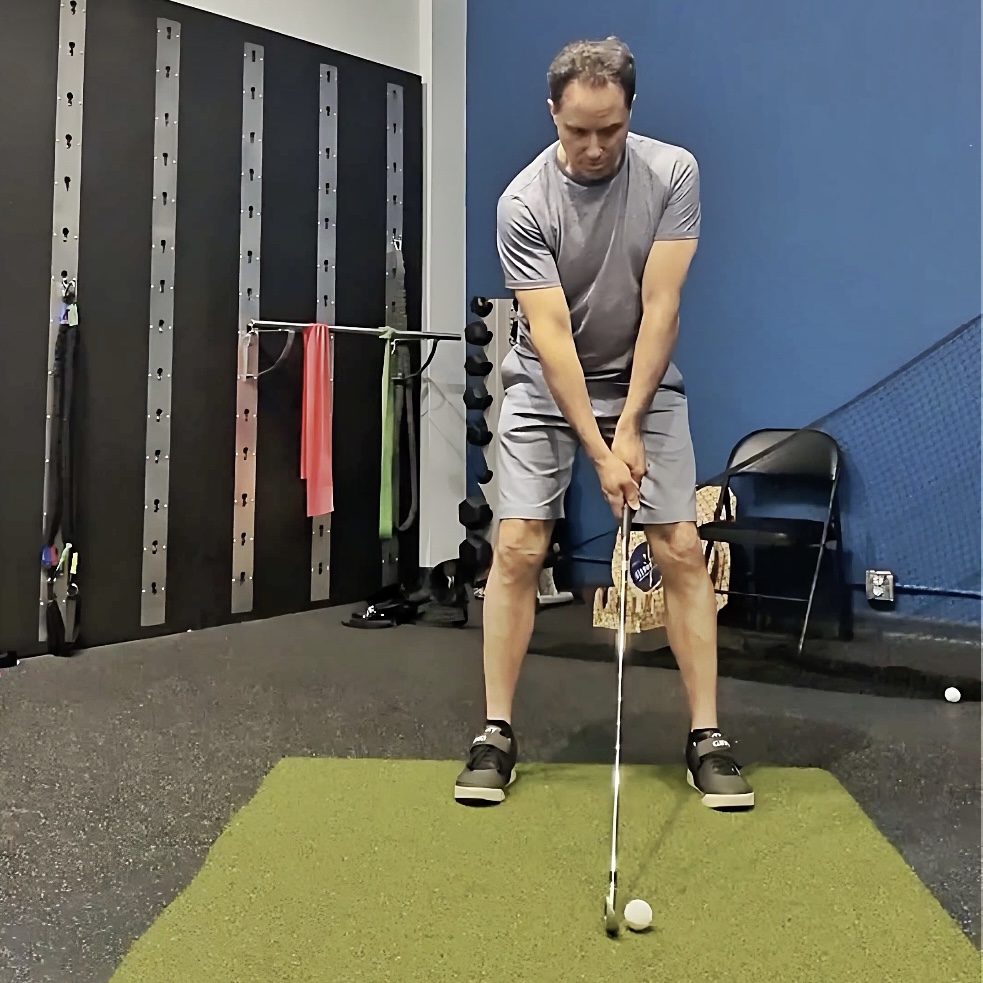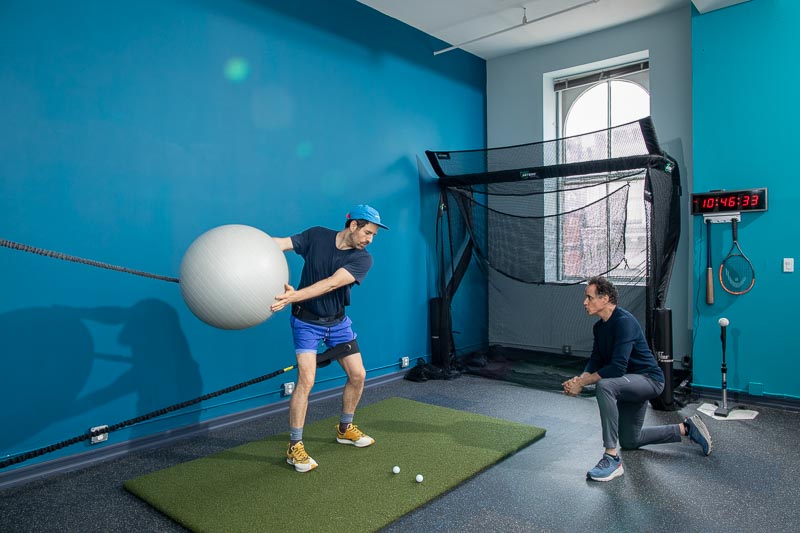A Recent Case Study Reveals the Importance of Proper Body Mechanics in Preventing Lower Back Pain When it Comes to Golf

Around 16 million Americans suffer from chronic back pain and the resulting physical limitations- that’s 8% of all adults. And what’s more, 65 million Americans have experienced a recent episode of back pain. If that sounds like a lot, it’s because it is. Back pain is the sixth most costly condition in the United States and is the leading cause of work-loss days. Chronic back pain can contribute to psychological distress, depression, early retirement, and lowering of activity levels. For these reasons, it’s important to take care of your back and make sure you move correctly so as not to injure yourself.
So What Does All This Have to Do With Golf?
If you’re someone who enjoys the occasional game of golf- whether recreationally or for sport, then you might know that lower back injuries are the most common type of golf-related injury. Straining your muscles and injuring your spine can lead to chronic back pain or exacerbate it if you already suffer from persistent pain. There’s no reason that something you do for leisure should also be a source of pain- and that’s where a recent case study comes in.
The Problem
A recent case study conducted at JFPT examined a 57-year-old male golfer with a history of chronic low back pain. While he had been able to manage his pain through golfing for many years, things recently changed for him. The patient experienced more and more discomfort to the point where he could not complete rounds due to the severity of the pain in his lower back. So what changed in the past 2 years?
In the last 2 years, this patient was working with the club professionals on both improving the form of his swing and increasing the power of his swing. He was instructed to increase the load force in his right hip while also increasing the rotation of his spine. As it turned out, this particular swing technique wound up being the source of the patient’s additional low back pain and actually placed harmful pressure on his spinal nerves.
The patient was a physical therapy client at JFPT for several years, and our PT recommendations were to lessen the rotational torque in his spine and hips in order to create a swing that used the whole body. This would allow the pressures of the rotational force needed for Golf to be distributed throughout the entire body, and not just on the hips and spine. However, as many athletes are, this patient was always stubbornly resistant to changing his technique as it had worked for him for so long.

The Solution
Only when the pain became so excruciating that the patient thought about quitting golf entirely, did he finally take the advice of JFPT and attempt to modify his swing. The patient and his physical therapist worked together to study his movements, educate him on the proper fundamentals, and analyze his form using our new video analysis software. Eventually, we were able to help him establish the proper body awareness for his new swing and help him return to the sport he loved.
Once the patient was comfortable with his new swing and our PTs satisfied that he was moving in the correct manner, he consulted his golf club instructor. The patient explained his need for a new swing technique to the club professional, who understood exactly what was needed in order to teach him the new technique. The instructor and the patient then began the process of learning and rebuilding his new swing technique. Within a month, the patient was able to return to playing full games of golf and was playing pain free twice a week.
Lessons Learned
This case study reveals the importance of the relationship of body mechanics to swing technique. Golf is a game that can be played late into life but as the body ages and undergoes the normal wear and tear of life, your swing technique needs to be adjusted to help lessen those stresses on the body. In this particular example, the results were dramatic. This reflects the incredible significance of the partnership between physical therapists and sports instructors. Only by enlisting and listening to both can you properly increase your longevity and consistency when it comes to playing golf. So the next time you experience lower back pain, give us a call– we’ll be sure to work with your coach to help you play a pain free round without lessening your skills.
